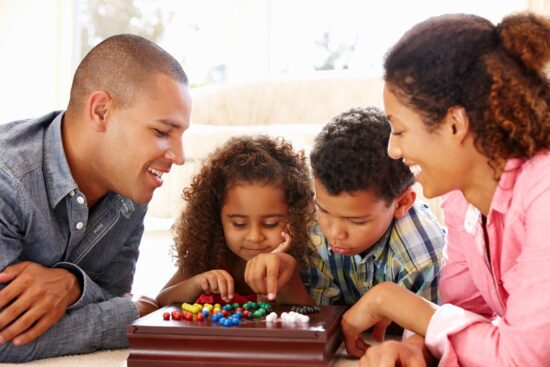Active listening: Building strong bonds with your kids
Discover the power of active listening with kids to build strong bonds. Learn easy-to-apply techniques for parents.

- Active listening with kids.
- It’s an excellent way for parents to build bonds.
- Learn these active listening techniques.
Being a parent comes with a host of challenges, but one of the most important skills to master is that of active listening.
This is a skill that goes beyond hearing — it involves understanding, responding, and connecting with your child on an emotional level.
By practicing active listening, you can build stronger bonds with your children and pave the way for healthier, more fulfilling family relationships.
Here’s a guide to help you navigate the complexities and rewards of active listening in parenting.
Understanding the core elements of active listening

Active listening isn’t merely about hearing what your child says — it’s about giving them your full attention and providing a meaningful response.
This focused form of communication can help you better understand your child’s thoughts, feelings and needs.
It sets the stage for open dialogue and fosters a sense of trust and respect between you and your children.
In essence, active listening with kids becomes the cornerstone for a nurturing and empathetic parent-child relationship.
Recognizing and tackling barriers

Despite its importance, active listening can be hard to achieve.
Common obstacles like electronic distractions, preconceived judgments, and the busyness of daily life can interfere.
Being aware of these distractions helps you take the first steps toward overcoming them.
By actively removing or minimizing these barriers, you create a supportive environment where your child feels comfortable sharing openly with you.
Parenting tips for successful active listening

Improving your active listening with kids doesn’t require a complete overhaul of your parenting style.
Start with simple steps like maintaining consistent eye contact when your child speaks to you, or using verbal cues such as «I understand» or «Tell me more» to show engagement.
Take the time to paraphrase or summarize what your child has said, confirming that you’ve understood their message.
These straightforward practices help to validate your child’s feelings and encourage more open communication.
The role of body language and its impact

Your body language can significantly influence the effectiveness of active listening.
Maintaining an open posture and aligning yourself at your child’s eye level can facilitate a more genuine exchange.
Be mindful of your facial expressions, as they can either encourage or discourage further discussion.
In essence, your non-verbal cues can serve as powerful tools for fostering a safe space for communication.
A strategy for resolving conflicts

Disagreements and conflicts are inevitable in any family, but active listening can be your most valuable asset during these times.
Make an effort to understand your child’s perspective and validate their emotions, even if you disagree.
This approach not only helps to resolve conflicts more effectively but also nurtures a sense of emotional intelligence in your children.
The goal here isn’t to «win» the argument, but to achieve mutual understanding and respect.
Encouraging dialogue through open-ended questions

One method for enhancing active listening is the use of open-ended questions, which require more than a simple yes-or-no response.
Instead of asking, «Was school good today?» you might ask, «What was the most interesting part of your day?»
This can open the door to richer, more meaningful conversations.
Additionally, it’s important to model active listening in your own interactions with others, as children often emulate adult behavior.
The enduring impact of active listening on long-term family dynamics

Practicing active listening provides benefits that extend beyond the immediate moment.
It helps cultivate a family environment where everyone feels heard and valued, encouraging positive mental well-being and emotional development in your children.
Over time, the skills and trust built through active listening can form the foundation for a more harmonious household.
It can also equip your children with the social and emotional skills they’ll use throughout their lives.
 Related post
Related post





